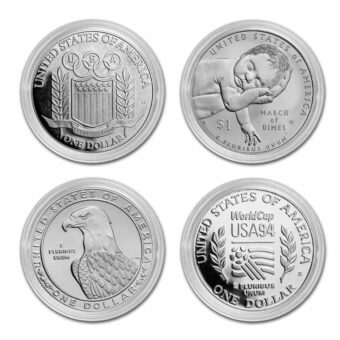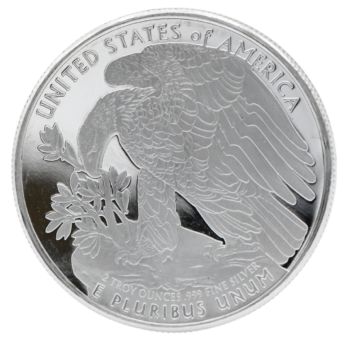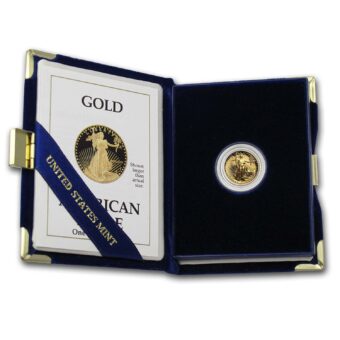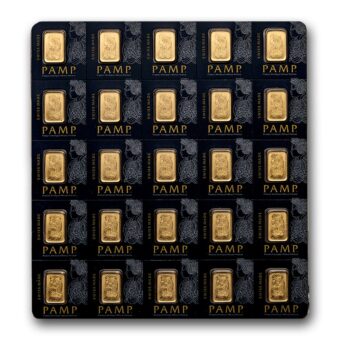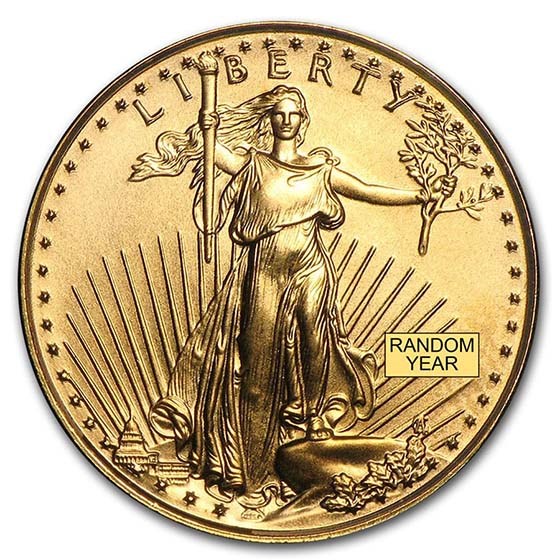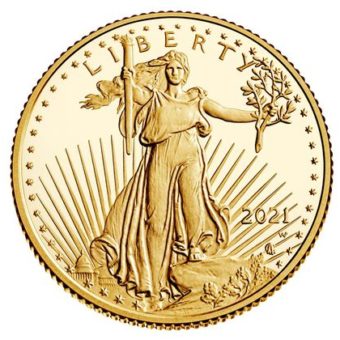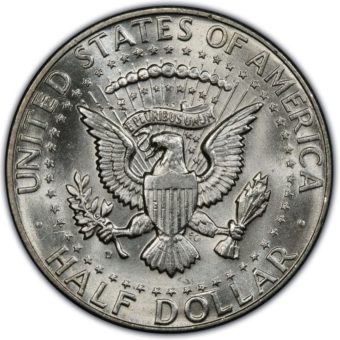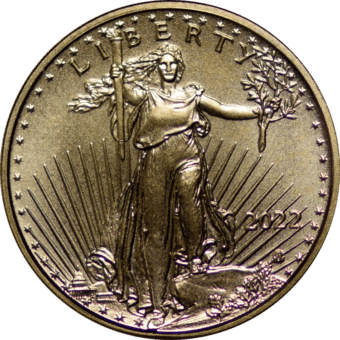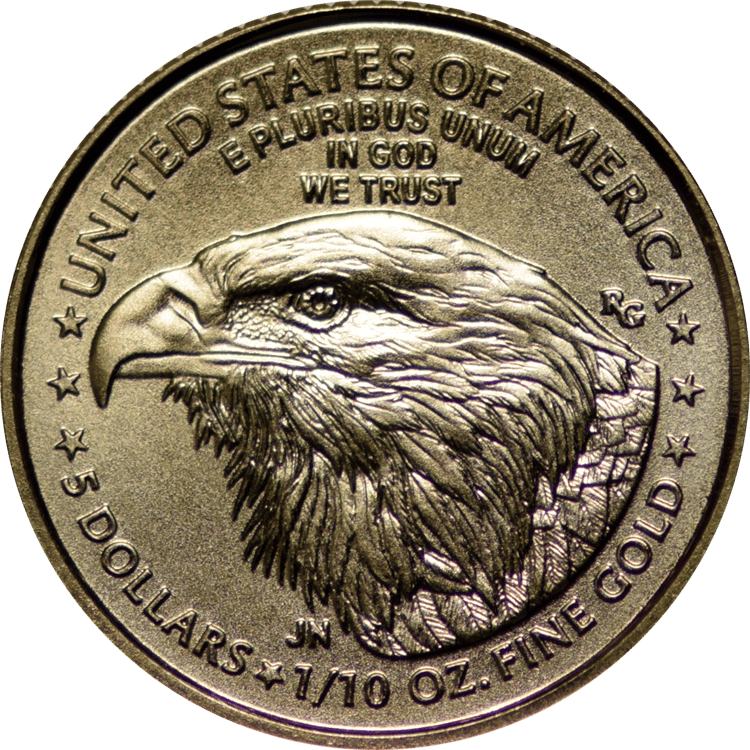A Week of Reactive Markets: Daily Market Recap
Monday – April 21, 2025
Gold surged $98.00 midday to settle at $3,426.40, reaching a historic intraday high of $3,442.30. Safe-haven buying accelerated as steep declines in U.S. equity markets and rising tensions between the U.S. and China sparked risk aversion. Media headlines likening the standoff to a “new cold war” amplified the shift. The political climate turned more volatile as pressure mounted on the Federal Reserve, with renewed calls from the White House for immediate rate reductions. Silver also edged higher, gaining $0.165 to reach $32.63—mirroring gold’s upward momentum.
Tuesday – April 22, 2025
Markets turned on a dime. After climbing to a fresh record of $3,509.90, gold slipped $16.30 to $3,409.00 by midday. The pullback was fueled by profit-taking and a sharp recovery in equities after U.S. Treasury Secretary Bessent hinted at potential easing in U.S.-China trade hostilities. Silver climbed a notable $0.534 to $33.045, signaling continued interest in physical assets even amid the shifting risk narrative. The volatility in gold this week has led some to question whether the current uptrend is sustainable or approaching saturation.
Wednesday – April 23, 2025
Midweek, gold prices dropped sharply—falling $121.20 to $3,297.60—amid widespread liquidation of long positions. This correction followed two days of historic highs and was compounded by a global stock rebound, easing political tensions, and less aggressive rhetoric from the U.S. administration. President Trump signaled a softer stance toward China while backing off threats against Fed leadership. Silver remained resilient, rising $0.66 to $33.565 and achieving a three-week high. The midweek action reinforced the idea that sentiment, more than structure, is currently guiding market direction.
Thursday – April 24, 2025
After the selloff, gold bounced back $48.70 to $3,342.70. The recovery suggested strong underlying demand as markets continued to digest ongoing policy developments. Equity markets pressed higher, yet the resurgence in gold indicated that many participants were still seeking hedges amid uncertainty. Silver dipped slightly, losing $0.067 to finish at $33.48, but remained elevated compared to earlier in the month. The tug-of-war between bullish momentum and shifting macro narratives continued to define the trading landscape.
Friday – April 25, 2025
Gold ended the week under renewed pressure, losing $41.60 to settle at $3,307.00. Silver dropped $0.228 to close at $33.275. Renewed optimism in equities, bolstered by reports of diplomatic progress between the U.S. and China and speculation about a future U.S.-Russia summit, weighed on safe-haven demand. Nevertheless, persistent geopolitical concerns, such as developments around Iran’s nuclear program, suggest that a firm floor under precious metals may be forming despite short-term fluctuations.
The Sentiment Equation: Headlines Over Fundamentals
This week served as a case study in how quickly sentiment can override valuation models. Markets witnessed massive swings not tied to quarterly reports or earnings beats—but to statements from politicians, central bank speculation, and media coverage of geopolitical risks.
The Dow’s early-week 1,000-point slide, in direct response to political targeting of Fed leadership, highlighted how sensitive financial instruments have become to perceived policy interference. Gold and Bitcoin surged in tandem, while the U.S. dollar fell to a three-year low. These moves reflect a growing desire among market participants to hold assets that exist outside traditional fiat frameworks.
Key Metrics at a Glance:
- Gold: Pulled back to $3,279 after hitting $3,509.90; targets from UBS and Goldman Sachs forecast $3,500 to $4,000 by 2026.
- Bitcoin: Hovering around $88,505, with technical resistance levels pointing toward $100K and $109K in sight.
- U.S. Dollar Index: Broke key support zones at $97 and $95, with downward pressure intensifying as sentiment remains fragile.
These developments underscore a clear divergence: while traditional economic indicators have not materially deteriorated, markets are increasingly driven by narrative and perception.
Gold-Silver Ratio at 105: A Shift in Store?
The gold-to-silver ratio, now at 105, has reached levels historically associated with financial stress or major inflection points. Gold has outperformed silver significantly this year, raising questions about whether the metals rally is broad-based or unevenly distributed.
Yet a deeper look at the fundamentals suggests silver may simply be lagging—not lagging behind in value, but in timing. Industrial demand, especially tied to renewable energy technologies, remains strong. A projected supply shortfall of 117 million ounces for 2025 adds further pressure to the upside. Should the ratio revert to more historic norms in the 75–80 range, silver could reach $40 per ounce without requiring a concurrent drop in gold prices.
Whether viewed as a recession indicator or a setup for a silver breakout, the ratio highlights the strategic potential of diversified metal holdings.
Gold vs. Equities: What’s Really in a Bubble?
Gold’s rally past $3,500 has raised eyebrows, but the more significant valuation concern may lie in equity markets. While precious metals have advanced in response to real economic uncertainty and monetary policy risk, equities remain priced for perfection.
Stubborn inflation, stagnant earnings revisions, and unresponsive rate policy suggest a disconnect between market valuations and economic realities. In contrast, gold’s 27% YTD performance reflects a recalibration of value rather than frothy speculation.
Historically, during periods of economic transition, gold has served as a steady store of purchasing power. Today, that narrative is playing out once again. Meanwhile, equities, despite brief rallies, remain susceptible to the broader shifts in monetary dynamics.
TD Securities: Gold’s Foundation Still Strong
Though gold pulled back 6% from its highs, TD Securities argues that the rally is far from over. According to Head of Commodity Strategy Bart Melek, the metal is still structurally under-owned and undervalued on an inflation-adjusted basis.
Discretionary capital has been slow to re-enter the market due to high opportunity costs, yet ETF flows continue to build gradually. Gold ETF holdings are still 20% below their 2020 peak, offering room for expansion. Central banks, meanwhile, remain consistent buyers—motivated by concerns over currency reliability and the changing global trade landscape.
In China, gold ETF interest has surged, as both individuals and institutions seek to hedge against purchasing power erosion. And with U.S. Treasury market distortions growing, gold’s role as a stabilizing force in a diversified portfolio is coming into sharper focus.
Economic Calendar: April 28 – May 2, 2025
Tuesday, April 29
- 8:30 AM ET – U.S. Goods Trade Balance (March)
- 9:00 AM ET – S&P Case-Shiller Home Price Index (Feb)
- 10:00 AM ET – Consumer Confidence (April)
- 10:00 AM ET – JOLTS (March)
Wednesday, April 30
- 8:15 AM ET – ADP Employment Report (April)
- 8:30 AM ET – Preliminary GDP (Q2)
- 8:30 AM ET – PCE Price Index (March)
- 10:00 AM ET – Pending Home Sales (March)
Thursday, May 1
- 8:30 AM ET – Initial Jobless Claims
- 9:45 AM ET – S&P Final Manufacturing PMI (April)
- 10:00 AM ET – ISM Manufacturing Index (April)
- TBA – Auto Sales (April)
Friday, May 2
- 8:30 AM ET – U.S. Jobs Report (April)
- 10:00 AM ET – Factory Orders (March)
How This Week’s Data May Impact Metals
- Trade Balance: A wider deficit may pressure the dollar—supporting gold. A narrower gap could limit metals upside by signaling stronger U.S. competitiveness.
- Consumer Confidence & JOLTS: Strong readings may bolster the case for continued tightening, putting downward pressure on metals. Weak data could reinforce safe-haven demand.
- ADP & GDP: Robust figures might reignite inflation concerns, capping gold gains. Weaker data could reintroduce recession fears, fueling precious metal buying.
- PCE Index: A key Fed inflation gauge—higher-than-expected results could hinder metals; a miss may revive rate cut expectations.
- Jobs Report: Arguably the most influential data point. Any signs of cooling in employment may benefit gold and silver.
- Factory Orders: A slowdown could reinforce macro caution, while surprising strength may dampen safe-haven demand.
Final Thought: Stability Beyond the System
This past week’s action across gold, silver, and broader markets highlights a central truth: when monetary systems appear unmoored, people seek tangible stores of value. That’s why gold remains more than a trade—it’s a strategy.
At Prime Assets, we don’t chase trends. We help you prepare for them. Whether you’re looking to build long-term security or simply understand the signals behind today’s volatility, we’re here to guide you.
📞 Call us at (866) 706-8781 to speak with a specialist. Orders over $5,000 qualify for free shipping and insurance.
Or visit our Learning Center to dive deeper into the world of sound money.






